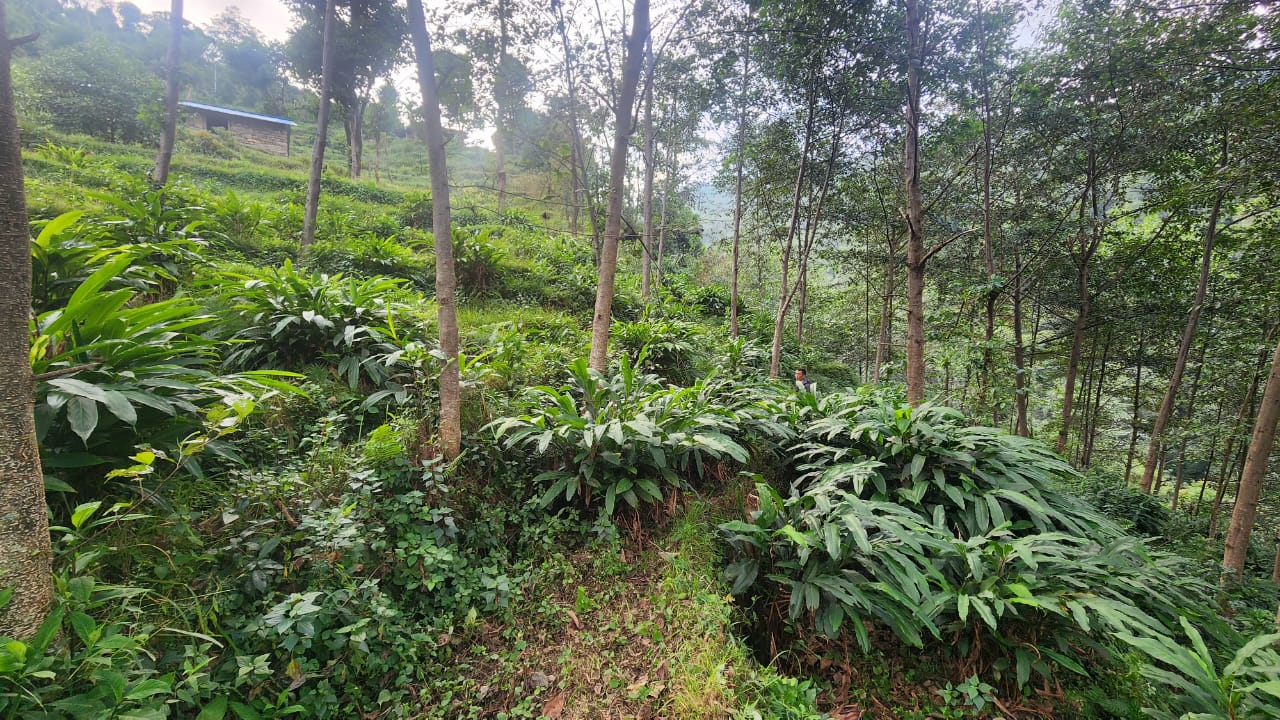
Cardamom is one of the most profitable cash crops grown in Nepal’s hilly regions. Districts such as Dolakha, Ilam, Taplejung and Sindhuli are well known for its commercial production. However, many farmers face problems such as low yield, plant drying, or the spread of diseases due to small but common mistakes.
Here are five common mistakes made in cardamom farming and their practical solutions
1. Choosing the Wrong Soil and Shade
Mistake:
Many farmers plant cardamom in areas that receive excessive sunlight or where water gets logged.
Result:
Plants become weak, roots start to rot, and overall production decreases.
Solution:
-
Choose slightly acidic soil (pH 5.5–6.5) with partial shade.
-
Ensure proper drainage in the soil.
-
In areas with direct sunlight, provide shade using bamboo, cardamom leaves, or other vegetation.
2. Negligence While Selecting Seedlings
Mistake:
Planting diseased or weak seedlings can infect the entire plantation.
Solution:
-
Select healthy seedlings from strong mother plants.
-
Before planting, dip the seedlings in a Copper Oxychloride solution for 10–15 minutes.
-
Use seedlings from tissue culture or certified nurseries.
3. Delay in Disease and Pest Control
Mistake:
Farmers often start disease control measures only after visible symptoms appear.
Result:
The disease spreads quickly, roots rot, and black spots appear on the leaves.
Solution:
-
Inspect plants every month.
-
Immediately remove and destroy infected plants.
-
Use organic pesticides such as neem oil or compost-based solutions.
-
Avoid the excessive use of chemical fertilizers or pesticides.
4. Improper Fertilizer and Irrigation Management
Mistake:
Many farmers apply too much fertilizer at once or fail to water during dry seasons.
Solution:
-
Apply fertilizer three times a year - during planting, after the rainy season, and during fruiting.
-
Use organic manure, compost and green manure.
-
Water regularly during dry periods but avoid waterlogging.
5. Not Removing Old Plants and Lack of Proper Management
Mistake:
Farmers often leave old plants for too long, which reduces the productivity of new shoots.
Solution:
-
Replace old plants every 3–4 years by planting new suckers.
-
Prune dense areas to ensure good air circulation.
-
Removing old plants also helps reduce pests and diseases.
Conclusion
Although cardamom farming is highly profitable, small mistakes can have a significant impact on production. With proper soil selection, healthy seedlings, timely disease control, and regular management, farmers can achieve high-quality cardamom yields.
Even small improvements can make your cardamom garden truly “gold with fragrance.” 🌿💰
Nepal Agro Tourism’s Contribution
Nepal Agro Tourism has been commercially cultivating cardamom in Nepal and also provides expert consultation, improved seedlings, and necessary training for those interested in cardamom farming.
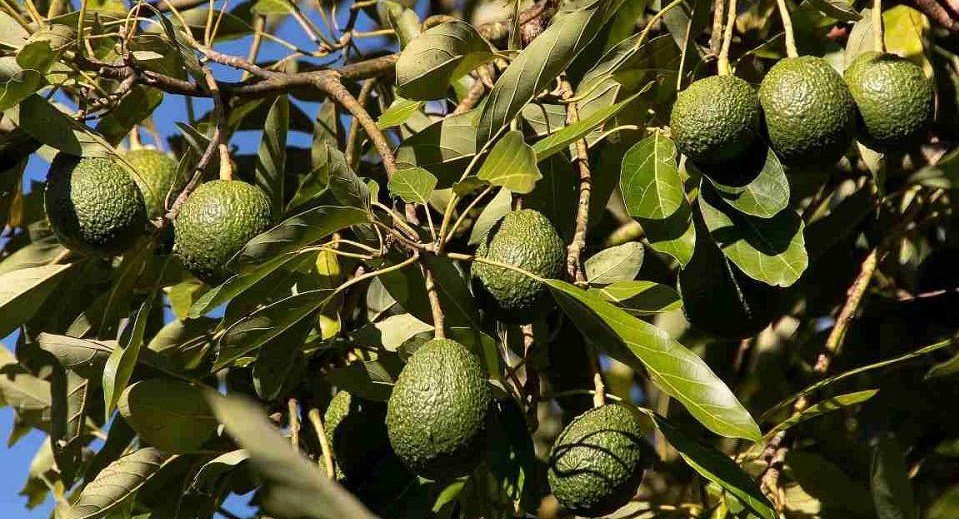
Avocado in Nepal: A Superfruit with Farming and Earning Potential
Friday, November 14, 2025

Common Mistakes in Cardamom Farming and Their Practical Solutions
Wednesday, November 12, 2025
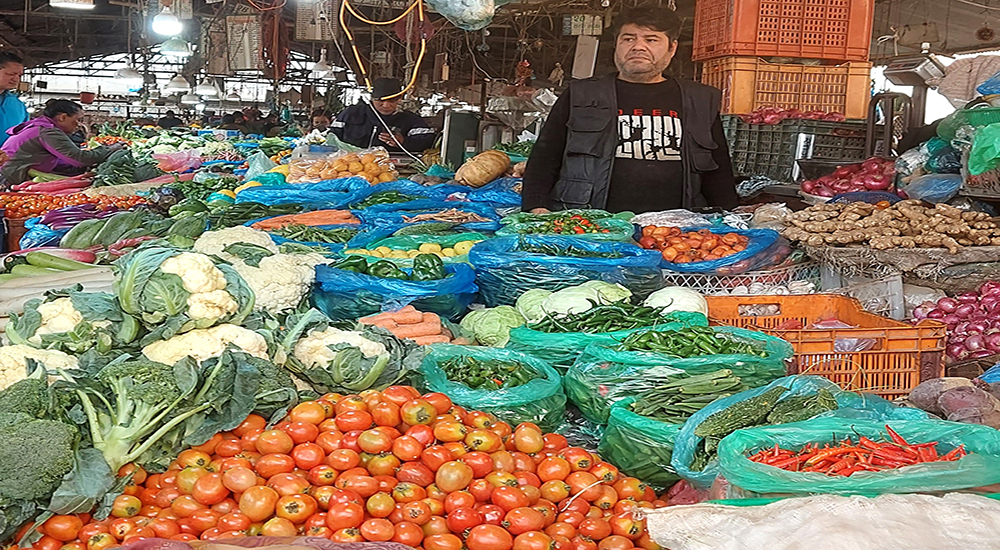
यस्तो छ आजका लागि सागसब्जी र फलफूलको थोक मूल्य
Wednesday, November 5, 2025
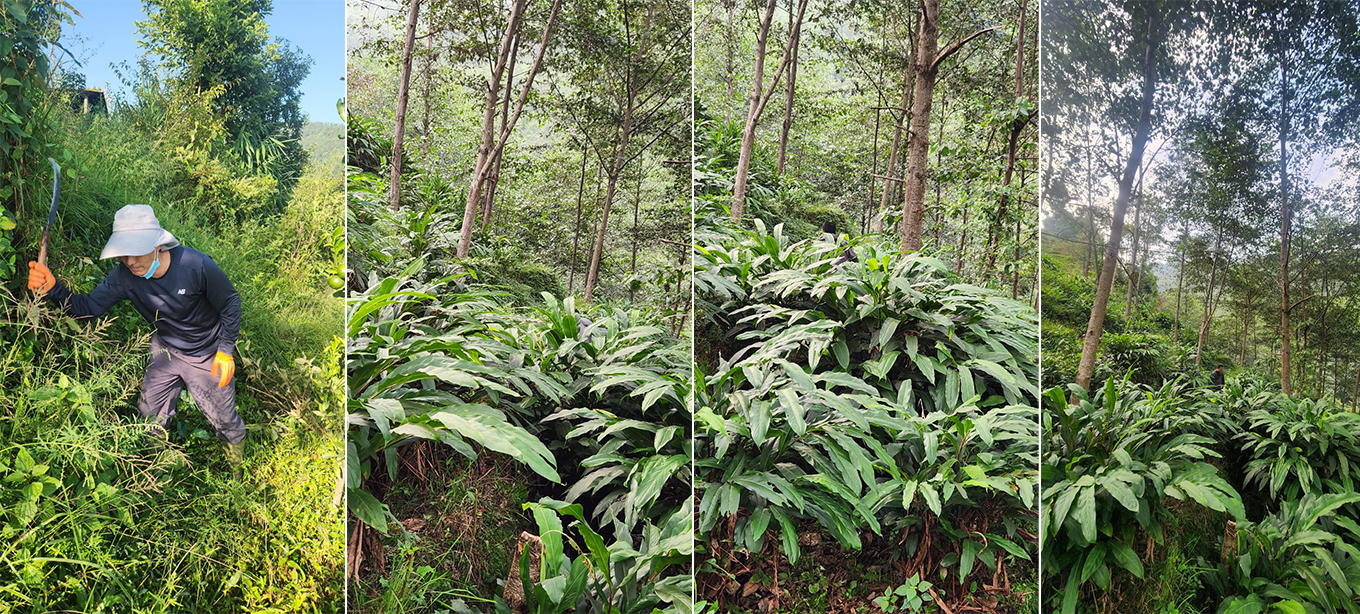
Commercial Cardamom Farming in Dolakha
Friday, October 31, 2025
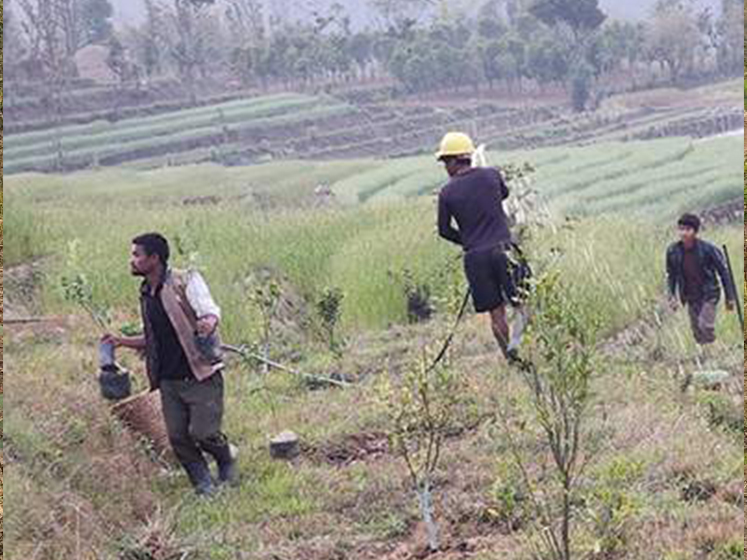
Agro Tourism in Nepal
Friday, October 10, 2025
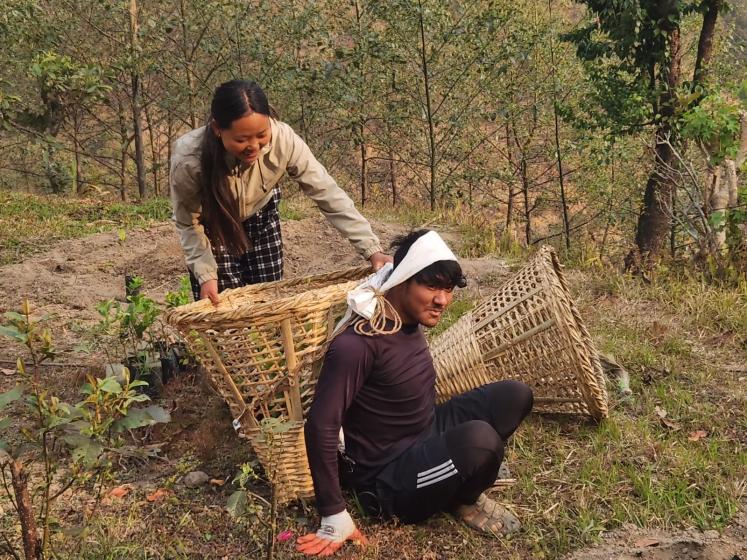
Agro Tourism in Dolakha, Nepal: A Hidden Gem for Farmers and Nature Lovers
Sunday, September 28, 2025